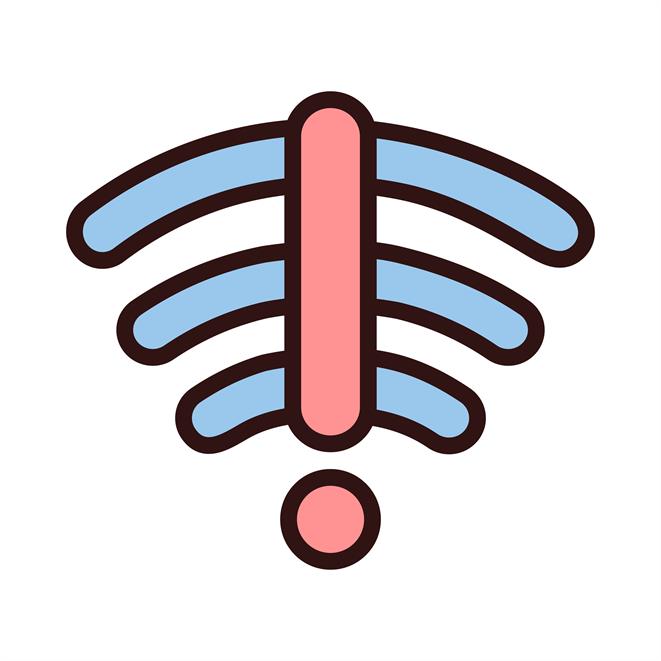
NOTE: If you’re considering canceling your home internet because hotspots appear more cost-effective on the surface, continue reading about potential hotspot issues.
A Wi-Fi hotspot takes a mobile cellular connection and rebroadcasts it, which allows multiple Wi-Fi devices to connect wirelessly. While some people find this option attractive for home internet use, hotspots work better as a secondary connection when someone is traveling away from home. issues.
What Exactly Is a Hotspot?
On the surface, a hotspot is a flexible, convenient internet option. However, it’s important to remember that the internet speeds for a Wi-Fi hotspot are the same exact speeds that are available on your smartphone, meaning it broadcasts in 3G, 4G or 5G internet connection.
These speeds are far less than traditional gig internet plans.
A portable Wi-Fi hotspot is essentially a smartphone without an operating system or screen, as it can only make a mobile connection. Additionally, portable Wi-Fi hotspots require a battery and USB recharging, similar to a smartphone.
Hotspot Issues
Let’s take a look at the significant hotspot issues that impact users.
1. Hotspot Issues #1: Limited Wireless Network Availability
- One of the major downsides to a portable hotspot is that users are limited to the same type of cellular reception that their cell carrier can provide. While most urban areas generally have good cell phone coverage, rural areas will likely experience difficulties connecting and maintaining an uninterrupted hotspot connection.
- Since speeds vary between 3G, 4G and 5G, hotspot streaming will be slow, greatly impacting video games, movies and internet speeds. In fact, most hot spot users report feeling frustrated with the frequent interruptions since the speeds are significantly lower than gig internet plans.
Hotspot Issues #2: Monthly Data Cap
- In the fine print, most carriers have hotspot data plans that cap your monthly usage. If you stream movies, play video games or frequently browse the internet, you’ll quickly be out of data.
-
Some carriers may offer unlimited data, but the internet speed is also capped at a certain point in the fine print, rendering your hotspot a slow, frustrating paperweight.
Before committing to a hotspot, read the fine print. - Suppose you plan to engage in video streaming or other data-intensive activities online. In that case, you may be plagued with hotspot issues, as a hotspot will likely not meet the everyday needs of your current lifestyle.
3. Hotspot Issues #3: Battery Usage
- Additionally, while hotspots appear small, sleek and portable, many models feature a short battery life – as few as two to three hours.
- Additionally, the more devices you have connected and the more data you use, the more battery life the hotspot must expend, causing even more hotspot issues.
4. Limited Connected Devices
- Most hotspots can only handle around five connected devices at a maximum, and having multiple devices connected simultaneously significantly reduces hotspot speeds.
- Keep in mind that five connected devices quickly add up. Suppose you have a smartphone, laptop, tablet, TV or one connected home device such as a washer, dryer, dishwasher, refrigerator, security system, doorbell, etc. In that case, you’ll likely reach your maximum connectivity quickly, surpassing the maximum number of devices.
Home Telecom Internet Speeds
Before switching to a hotspot, consider the limitations above, which can significantly impact your ability to use the internet or your devices at home. If you’re unsure what internet speed you need in your home, take our quick quiz to learn more.
